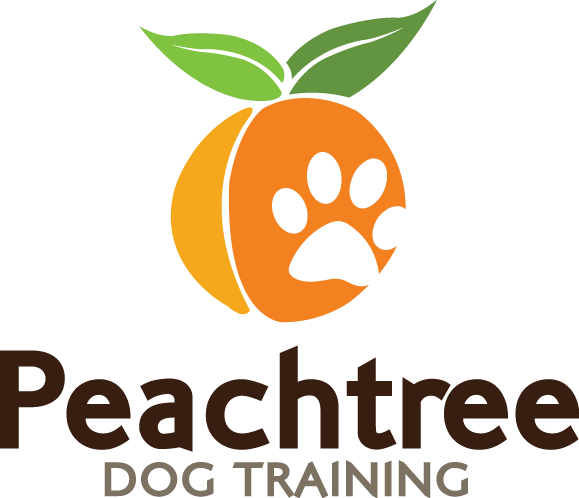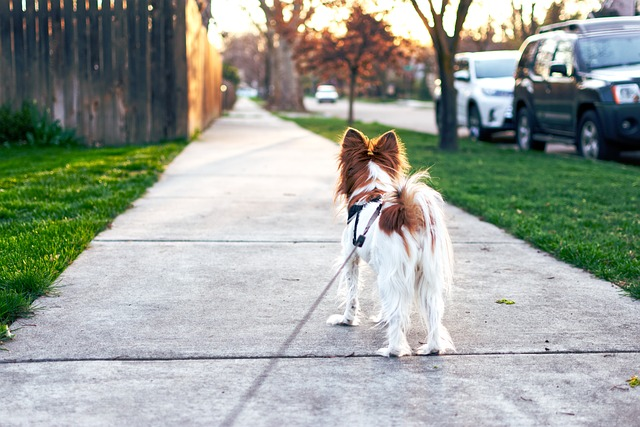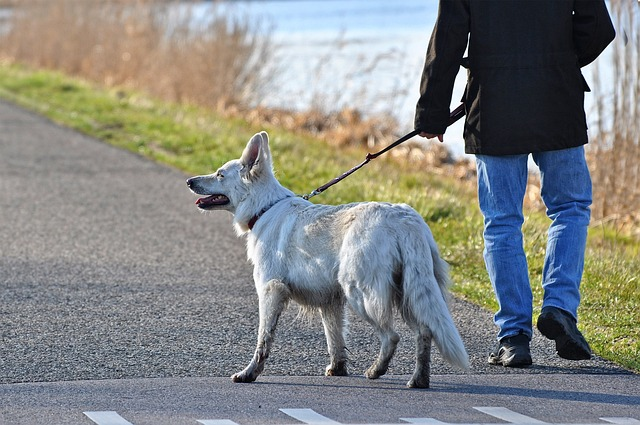How to Teach Dog To Heel On Leash
When my clients first call me, many of them are not new to the world of professional dog training. A large number of my clients have attended some type of basic obedience class for their puppy, where they learn some basic commands. I’ve had some clients that have tried in-home and private training in the past, and either came to me because theres’ a new problem that they trust I can fix, and/or the previous training regimen failed them. Lots of pet parents want to have a dog that can walking a loose leash. Loose leash walking is something every dog owner needs.
How to Train Loose Leash Walking
Whether you are doing dog sports, or just taking your dog to a dog park. Taking dog walks is something both you and you dog are going to do at some point. Most dogs don’t know how to walk on a loose leash in the heel position. Teaching a dog’s heeling is training process that takes time and mental exercise. Every dog learns at a different rate how to walk in the heel position so we are going to give you some handy tips.
Rey’s prey drive is more controllable, including with squirrels! She also is much calmer and behaved with the family cat!
Dog Walks are a MUST for Pet Parents
In many of the puppy socialization classes or the basic obedience lessons, the most common commands that are taught are “Sit”, “Stay”, and sometimes “Come”. Other tricks like “Shake” or “Paw” are sometimes included as well. One command that is not covered often in these classes is the “Heel” command. It may not be taught due to the young age of the dog, the amount of class space available, etc. As an in-home and reward-based dog trainer, I include “Heel” in the curriculum because it is a great way to teach appropriate leash behavior, while also strengthening a dog’s focus on the owner. For owners with leash pulling dogs, the “Heel” command might sound like magic to them. It’s a very handy command and exercise that have no control of their dogs on the leash.
I define “Heeling” meaning “walk nicely by my side”. The dog is next to the owner (usually on one consistent side, not switching randomly) on the walk, not galloping ahead, or standing still refusing to budge. Not only is the dog next to the owner, but the dog is being calm and behaved. So that means no barking at other dogs, chewing on the leash, jumping on the owner, or crying anxiously for attention. The dog is by the owner’s side, and is focused on the walk itself and what the owner is doing. With heeling, the owner leads the dog, not the other way around. Following the leader, the dog pays attention to their owner’s direction.
Heeling can be achieved even off-leash, but to begin, there must be consistent leash training. Dogs that pull on the leash, lunge at people, bark at dogs, or zig-zag in all different directions can learn to walk well and focus on the owner, while also being desensitized to problem-causing stimuli they may encounter on walks.
A few months back, a client was referred to me by a friend when they began finding ways to combat their dog’s leash behavior and overall high prey drive. Their dog, Rey, is a sweet GSD mix that goes nuts at squirrels. Walking her was such a hassle, because as soon as they would step outside, Rey would immediately began pulling or reacting loudly to both the tree and telephone pole on their street. They sought help from another trainer who claimed that they had never worked with a dog as reactive and sensitive as Rey, and therefore could not help them.
Start Walking your Dog Today with Peachtree Dog Training!
On the first lesson, we worked with Rey on basic commands (ones she was familiar with already) in the home, so we could already build her focus and set up our expectations for her. Once she succeeded here, we took her out to test her with the distractions. With the owners learning how to guide and handle her better on the leash, Rey’s reactivity went from a 10 to a 1! Heeling was the first new exercise we worked on, and it helped Rey to pay more attention to her owners, rather than the squirrels in the tree. We were also able to walk through the neighborhood and keep her relaxed with other distractions, like cats and a landscaping crew. Heel was the first step to introducing to Rey how to pay close attention to the things that are important (her owners), even in situations that are heavy with distractions. Rey still is interested in squirrels and other animals, but she has a more healthy response, rather than one stemmed from anxiety and lack of control.
Let us help teach your dog the heel command
Even if your dog is perfectly well-mannered on walks, heeling can still be a beneficial distraction training exercise. If your dog gets nervous or fearful around certain things, heeling can help them relax and not worry about it as much. It gives a dog more structure and builds concentration, and that can be life-saving for some dogs (it’s good that your dog will stop when you stop before crossing a street…we don’t want any dogs getting struck by a car accidentally!). If your dog is anxious, hyperactive, disobedient, or aggressive on walks, the heel exercise can be the introduction to behavioral balance and better leash etiquette.
We offer the best dog training in Atlanta! Our training sessions will get results with your dog.
If you need help with your dog’s behavior on the loose leash walking, get in touch today!




